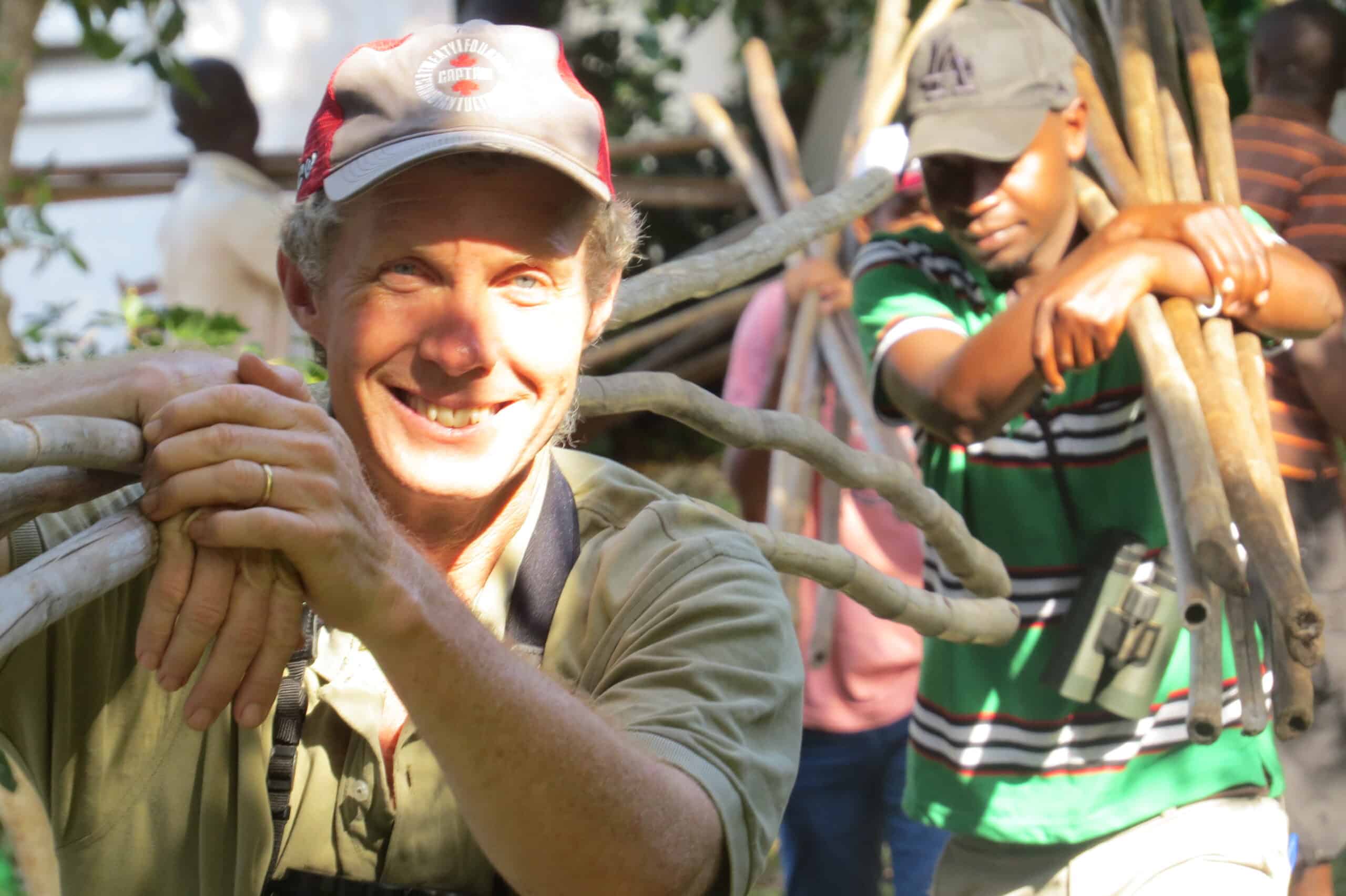Bird Ringing: Unlocking Secrets of Avian Life
Bird ringing, also known as Bird banding, is a rigorous scientific exercise. It involves catching and fitting a light-weight metal tag (ring) to a bird’s leg. One key reasons for bird ringing is to understand the lifespan of different bird species. Another important reason is to track the movement and migration patterns of birds. The unique ring provides scientists with valuable information about the bird’s origin and migration route, all of which are crucial for bird conservation.
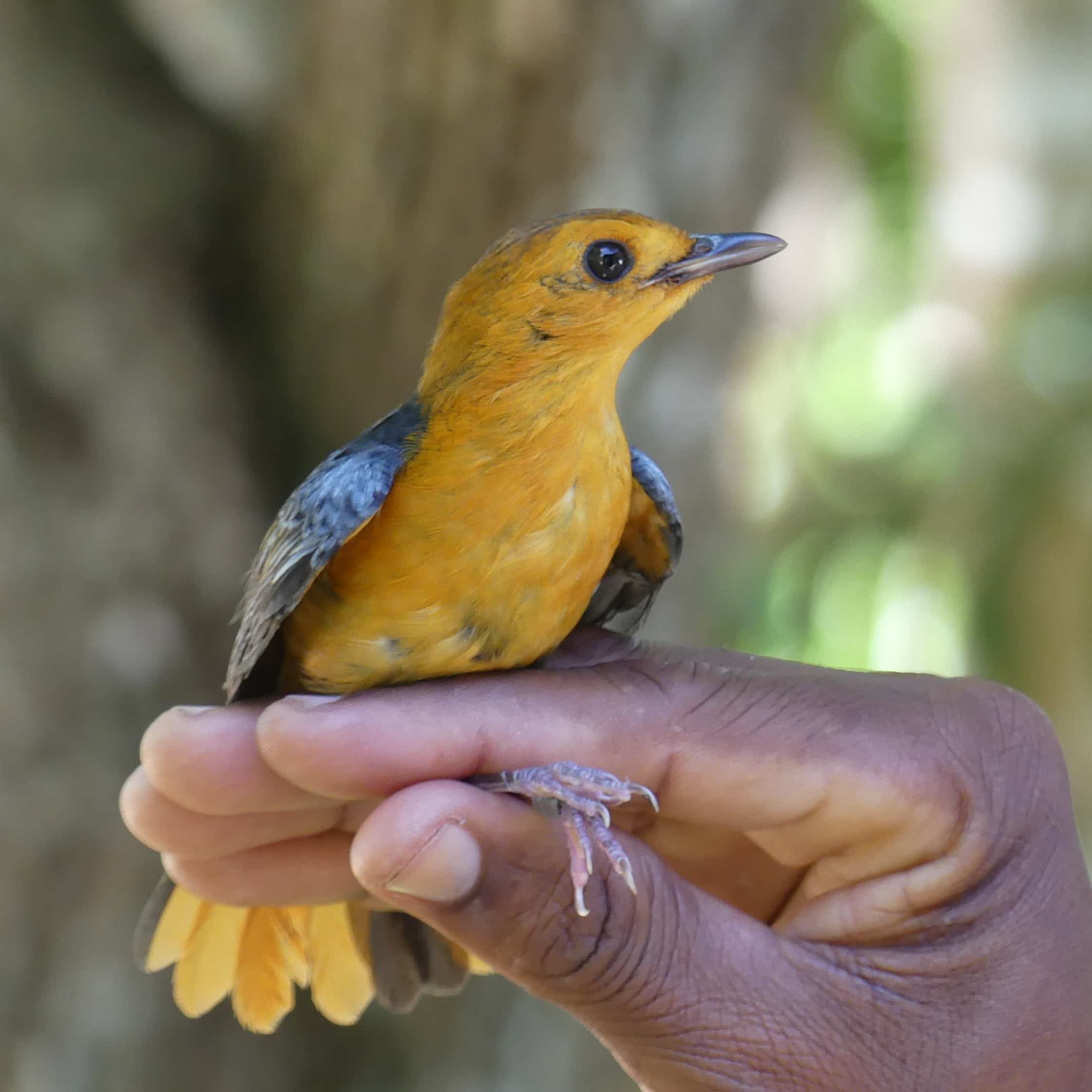
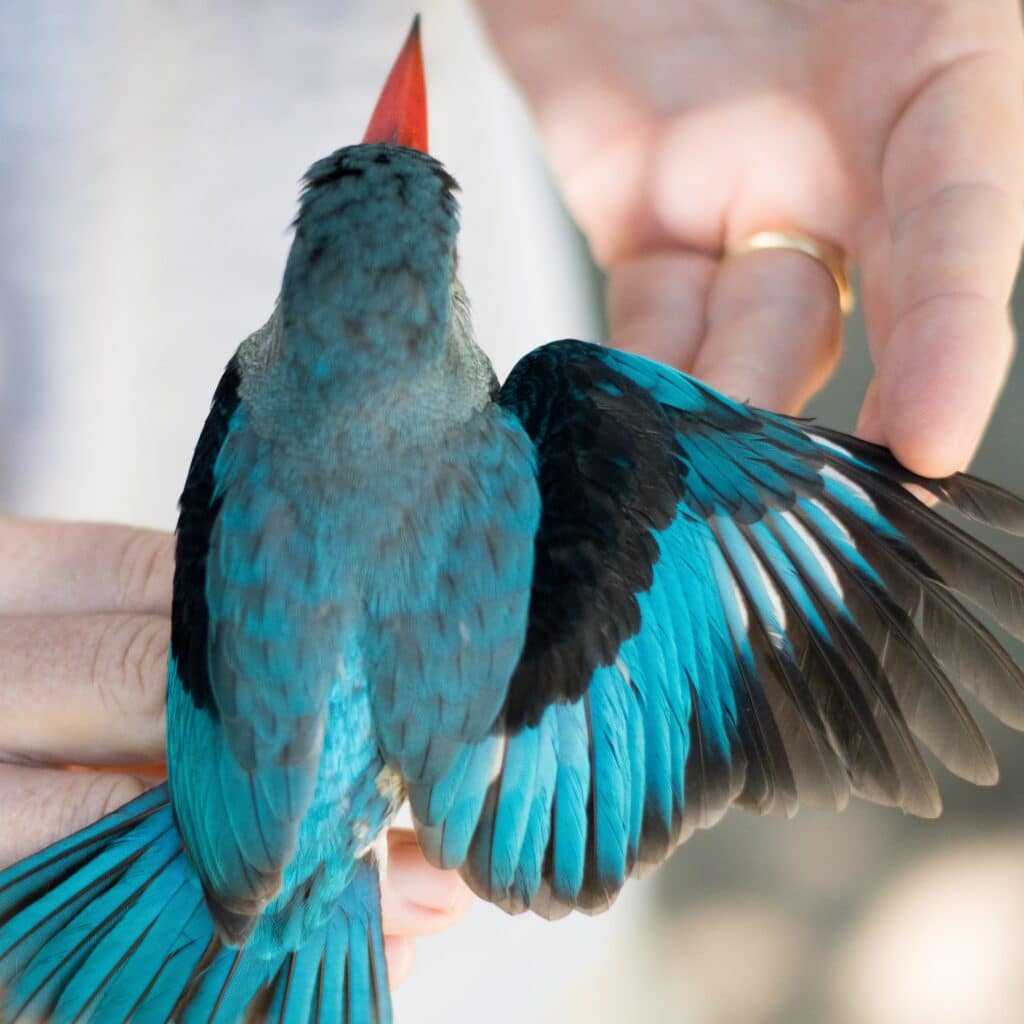
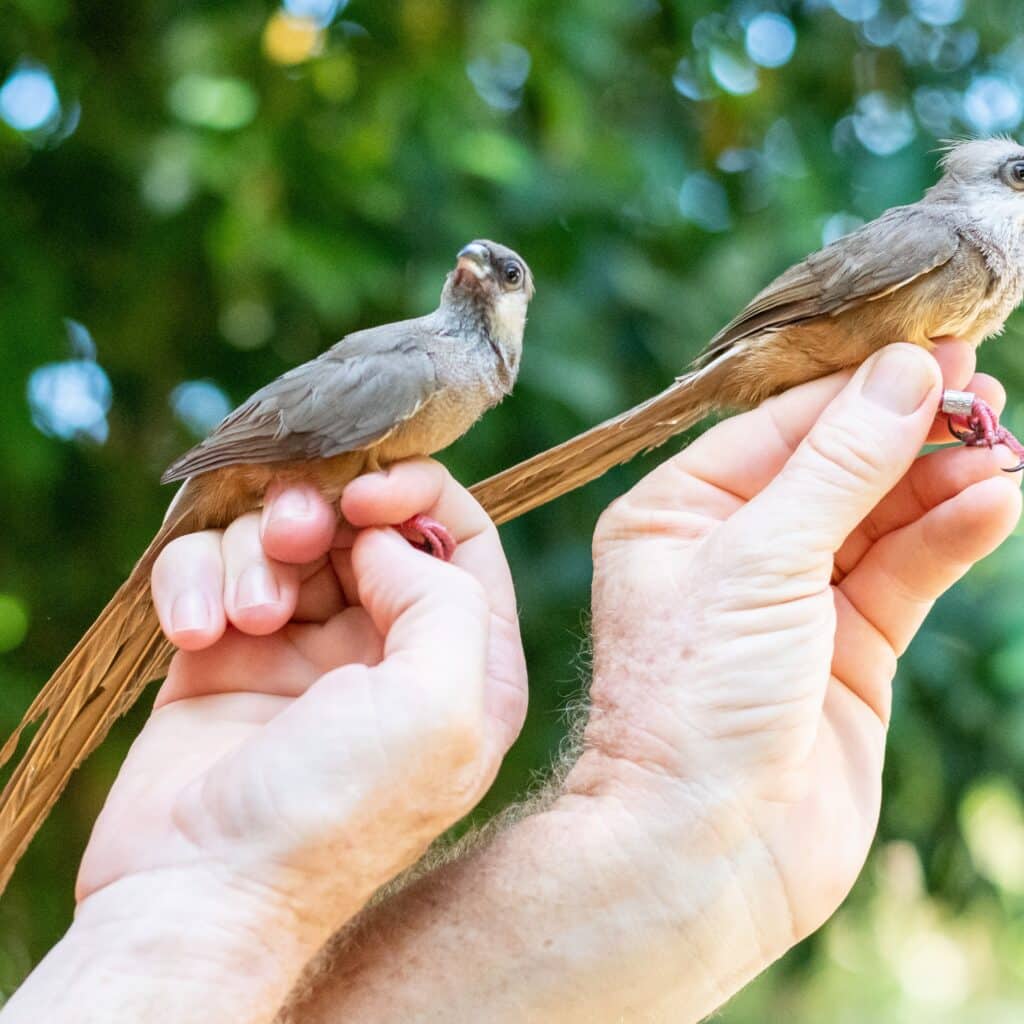
How Bird Ringing Works
- Capture and Gentle Handling: Birds are carefully captured using mist nets.
- Application of Rings: A lightweight, uniquely numbered metal ring is gently placed around the bird’s leg. Each ring acts as an individual identifier.
- Data Collection: Alongside ringing, we collect essential data such as species, age, sex, wing length, and weight.
- Release: The bird is then safely released back into its habitat.
- Recapture and Recovery: When a ringed bird is recaptured or found dead, the ring number is recorded. This information is then submitted to national or international ringing schemes.
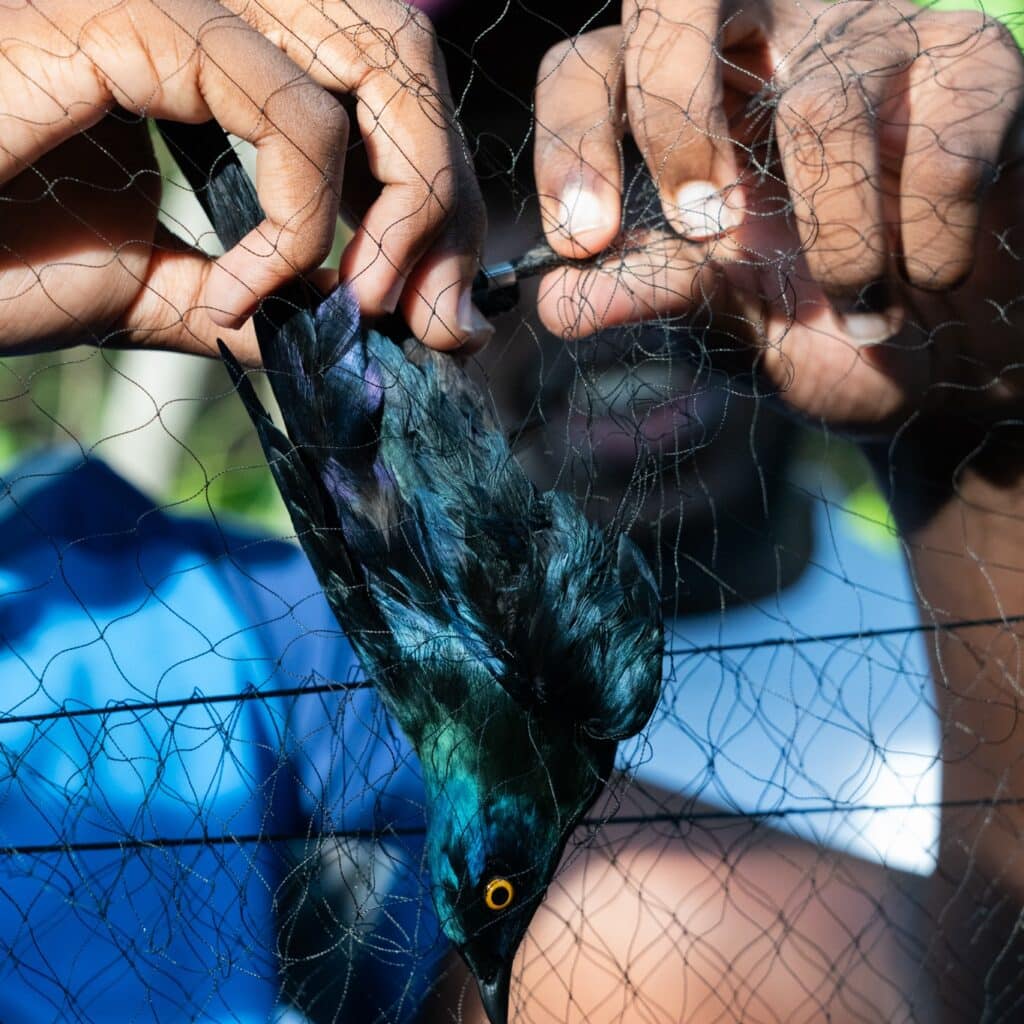
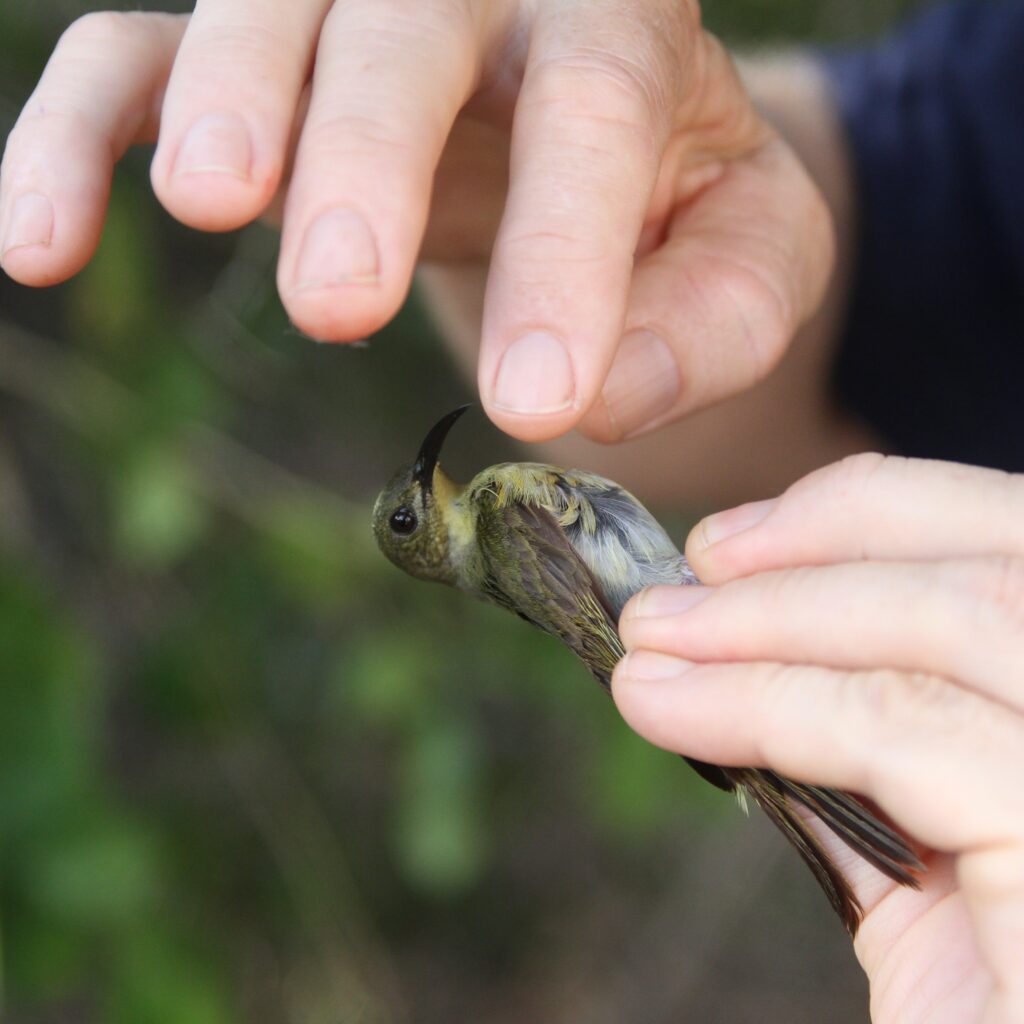
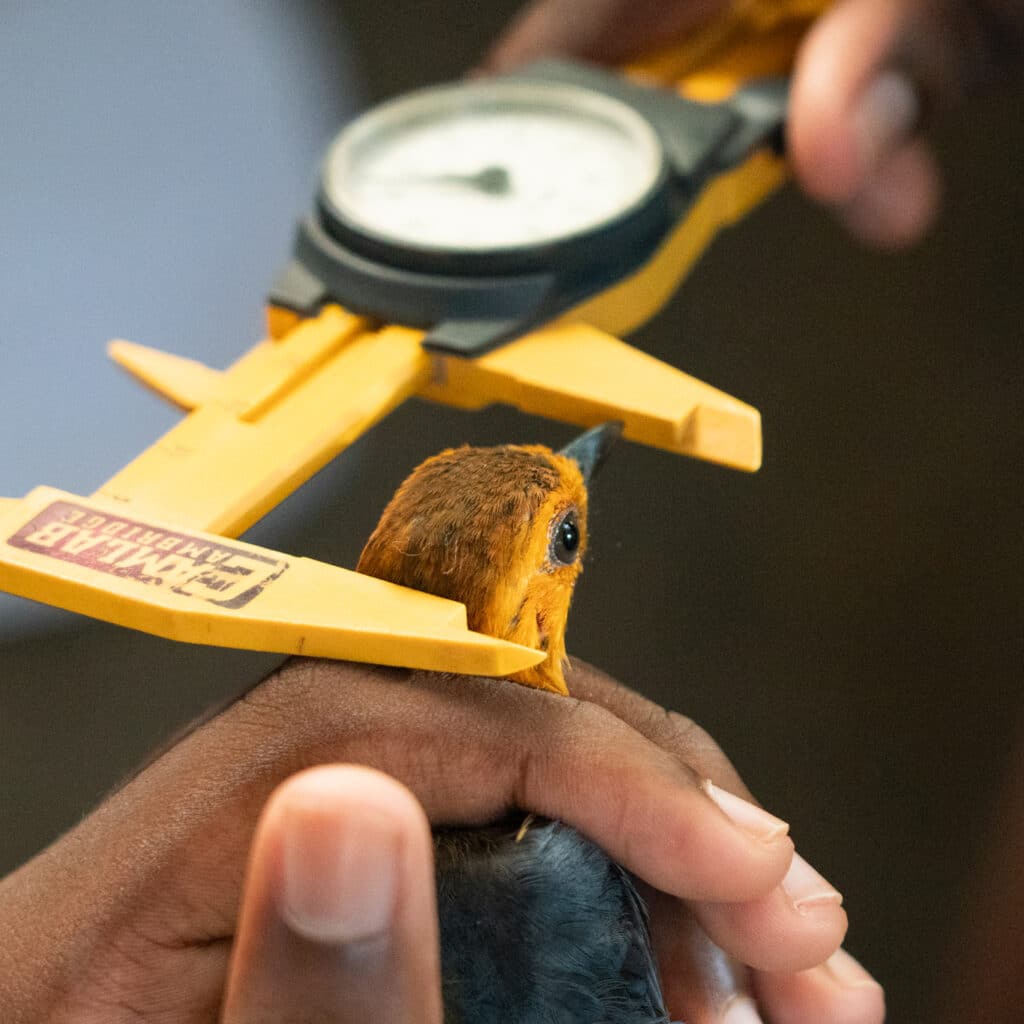
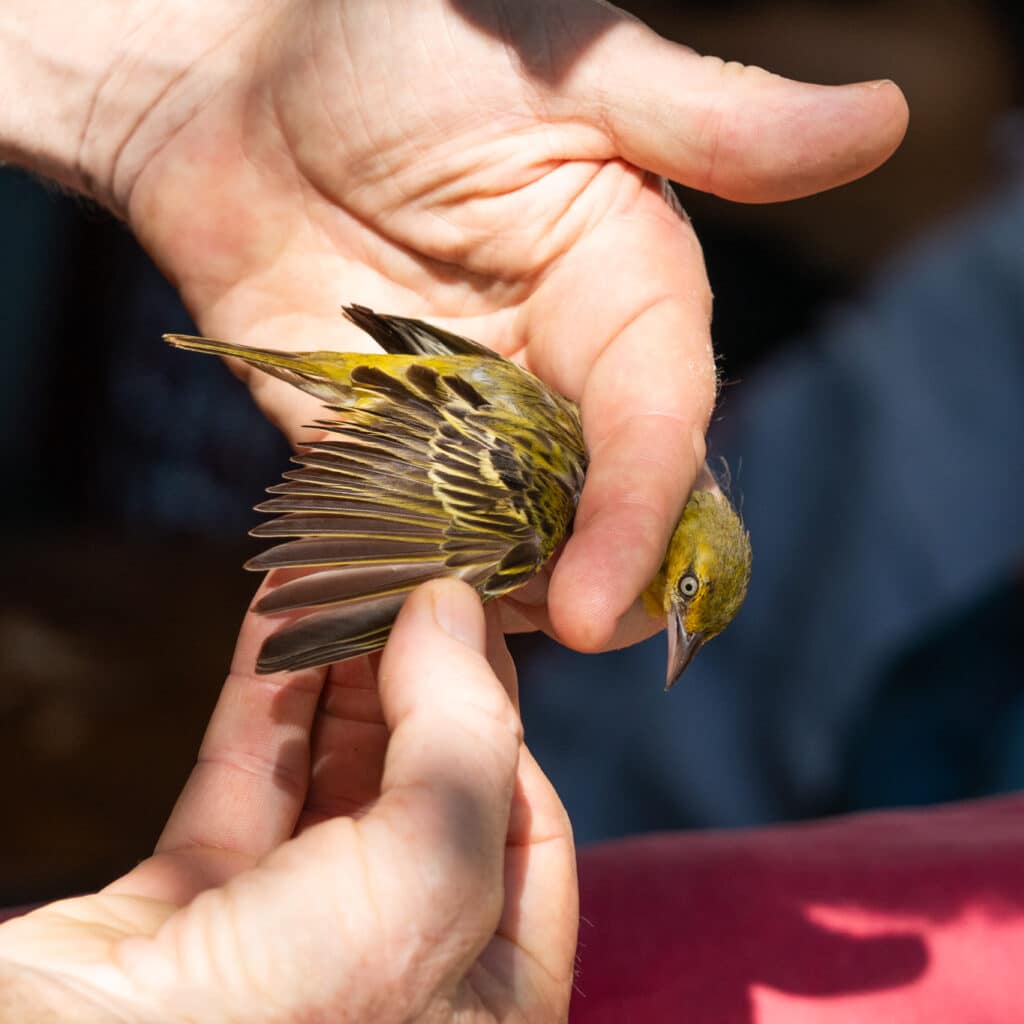
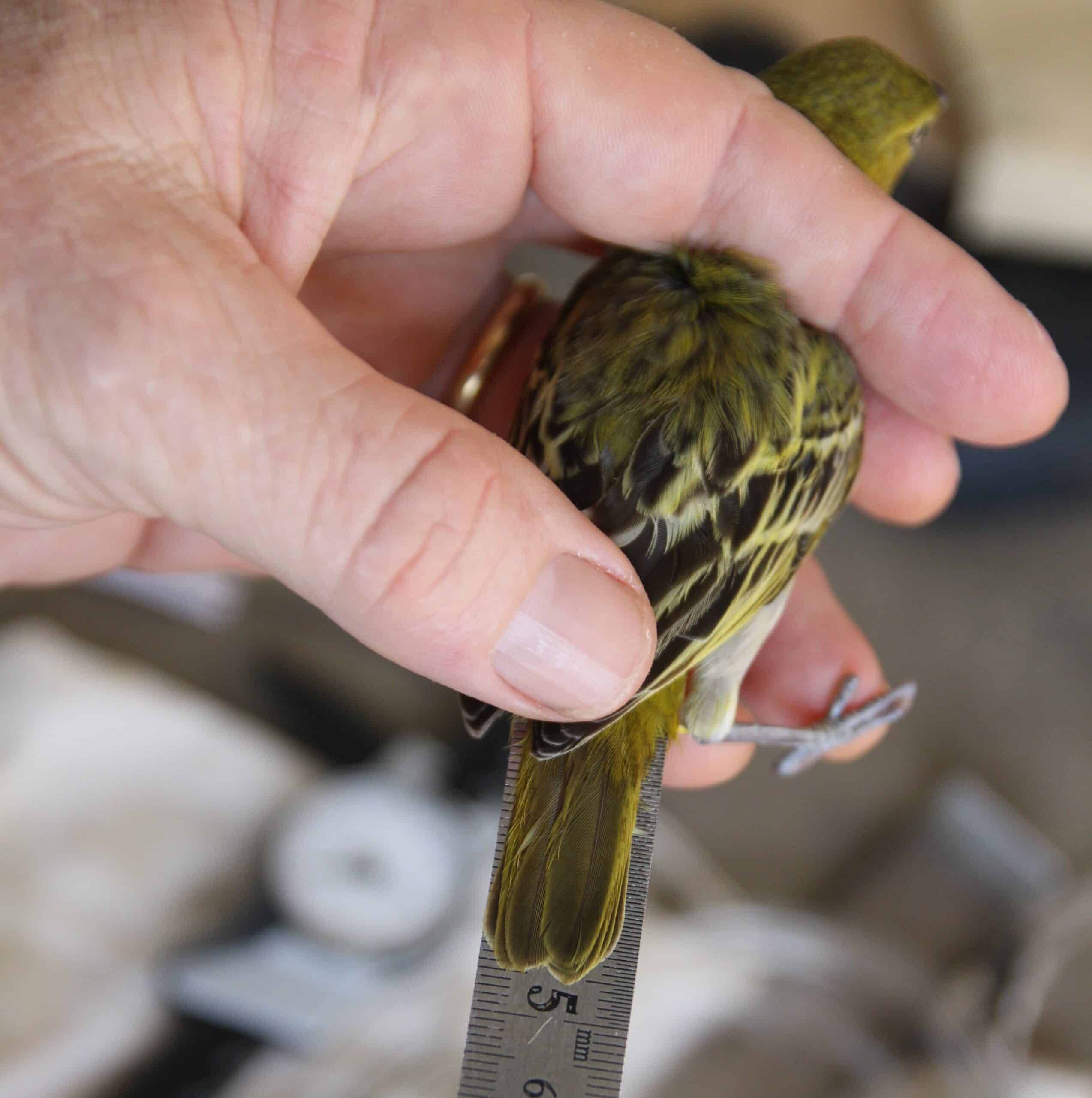
The Importance of Bird Ringing
- Population Monitoring: By tracking the recapture rates of ringed birds, we can estimate population sizes, survival rates, and breeding success. This data helps us monitor population trends and identify species at risk.
- Lifespan and Longevity: Bird ringing provides valuable insights into the lifespans of different bird species.
- Migration Studies: Bird ringing helps us understand the migratory routes, stopover sites, and seasonal grounds of various bird species. This information is crucial for protecting migratory birds across their entire range.
- Habitat Use: By tracking the movements of ringed birds, we can assess their habitat preferences and identify critical habitats for conservation.
- Understanding Bird Behavior: Ringing can help to understand bird behaviour, such as site fidelity.
- Conservation Management: Data obtained from bird ringing informs conservation management decisions, helping us to prioritize conservation actions and protect vulnerable species.
A Rocha Kenya's Bird Ringing Activities
At A Rocha Kenya, we conduct regular bird ringing sessions in key habitats such as the Arabuko-Sokoke Forest and Dakatcha Woodland. Our ringing activities contribute to long-term monitoring programmes and provide valuable data for conservation planning. We follow strict ethical guidelines and prioritize the welfare of the birds we handle.
Every Thursday, from 7-10:00AM, we have a bird ringing session at Mwamba- our main field office in Watamu. Interested in being part of this, feel free to join us or give us a call in case you need any help- +2547 930 589 24.
Click here to watch the bird-ringing guide we made.
How You Can Help
- Support our bird ringing programme through donations. Click here to give. Your donations will help us buy ringing equipment, get the resources we need to ring in more places, and increase our research activities.
- Volunteer to assist with our bird monitoring activities. We are always happy to welcome enthusiastic volunteers to help us in opening mist nets, data entry and many other related activities. Our volunteer programme is open to everyone, and it can be tailored to fit your timetable. Reach out today!
